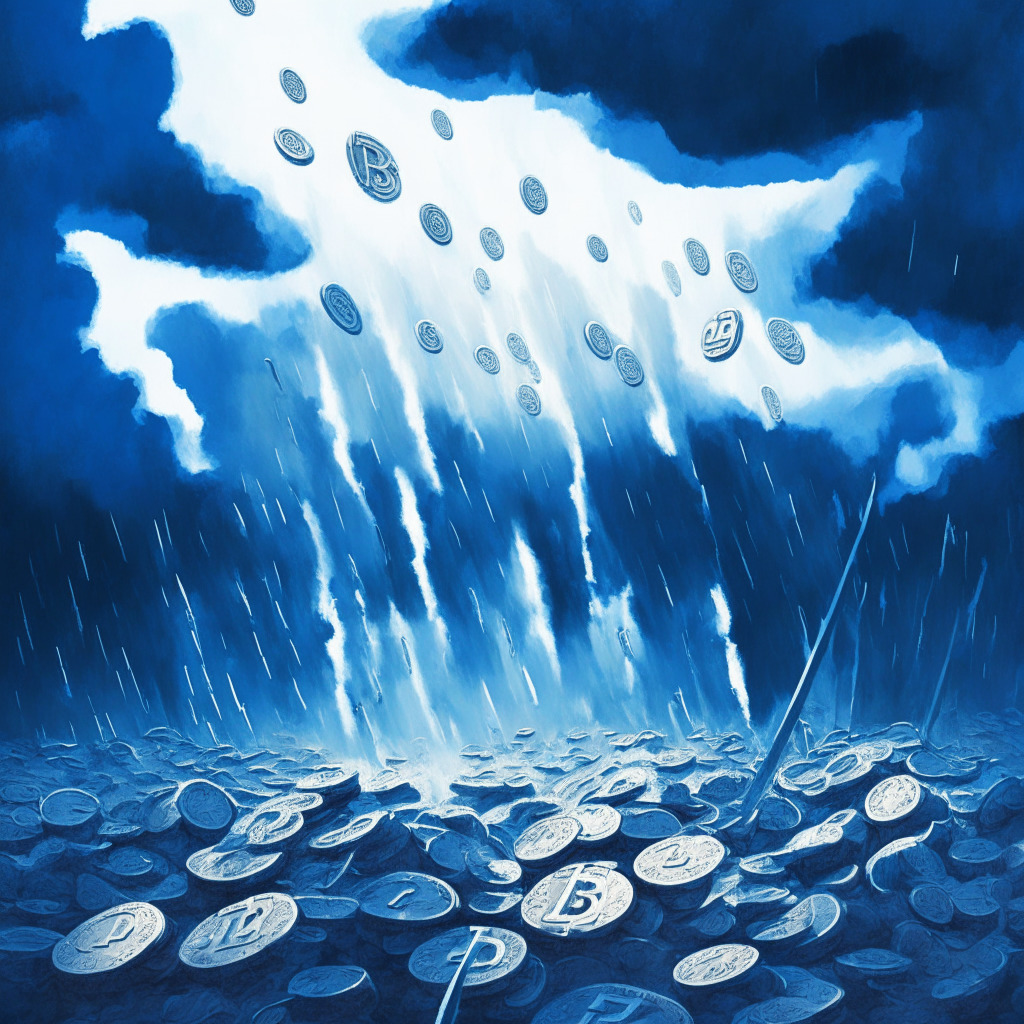Every four years, there is a fascinating and unique event in the world of Bitcoin: the halving. This process is hard programmed into Bitcoin’s protocol and reduces the rate at which new Bitcoin enters the market by 50%. As the halving event occurs, there’s an immediate impact on supply and demand dynamics. But what does that mean in practical terms?
One of the key characteristics of Bitcoin’s market behaviour is the influence of its supply and demand on its price. With the halving event reducing the flow of new Bitcoin, the number of BTC available for purchase shrinks. According to basic economic principles, with the supply falling while demand remains constant or rises, we should expect the price to ascend.
This principle might make one expect an assured rise in Bitcoin’s value due to the halving. Nevertheless, this is a perspective shaped predominantly by historical price movements of Bitcoin, which had demonstrated significant upward momentum before and after previous halvings. The anticipated scarcity can reinforce positive sentiment in the market, fuelling optimism among investors and traders. This could potentially work in favour of Bitcoin, driving up demand and subsequently causing the price to increase.
However, a critical examination of the situation highlights that while Bitcoin’s controlled supply is a major allure, the halving event isn’t all moonshine and roses. Market participants are often rocked by Fear, Uncertainty, and Doubt (FUD) due to the potential impacts of the halving. As much as investors might anticipate profitable returns, the event also triggers worries about price swings and heightened volatility.
Furthermore, miners who confirm transactions and safeguard the Bitcoin network, are significantly subject to the economic impact of the halving. This event directly hits the miners’ primary source of income – block rewards. The reduction in these rewards may result in decreased mining activity as it could become less profitable for miners operating with heightened expenses.
Finally, we must remember that Bitcoin’s halving serves an integral part in maintaining the network’s security and stability in the long term. The systematic decrease of block rewards ensures that the network becomes robust and less dependent on freshly minted currency to maintain security. Thus, considering these factors, the halving might initially appear disruptive but it remains an indispensable part of Bitcoin’s landscape. It’s a complex dance of economics and market sentiment that continuously evolves and keeps Bitcoin’s market vibrant and interesting.
Source: Cointelegraph




